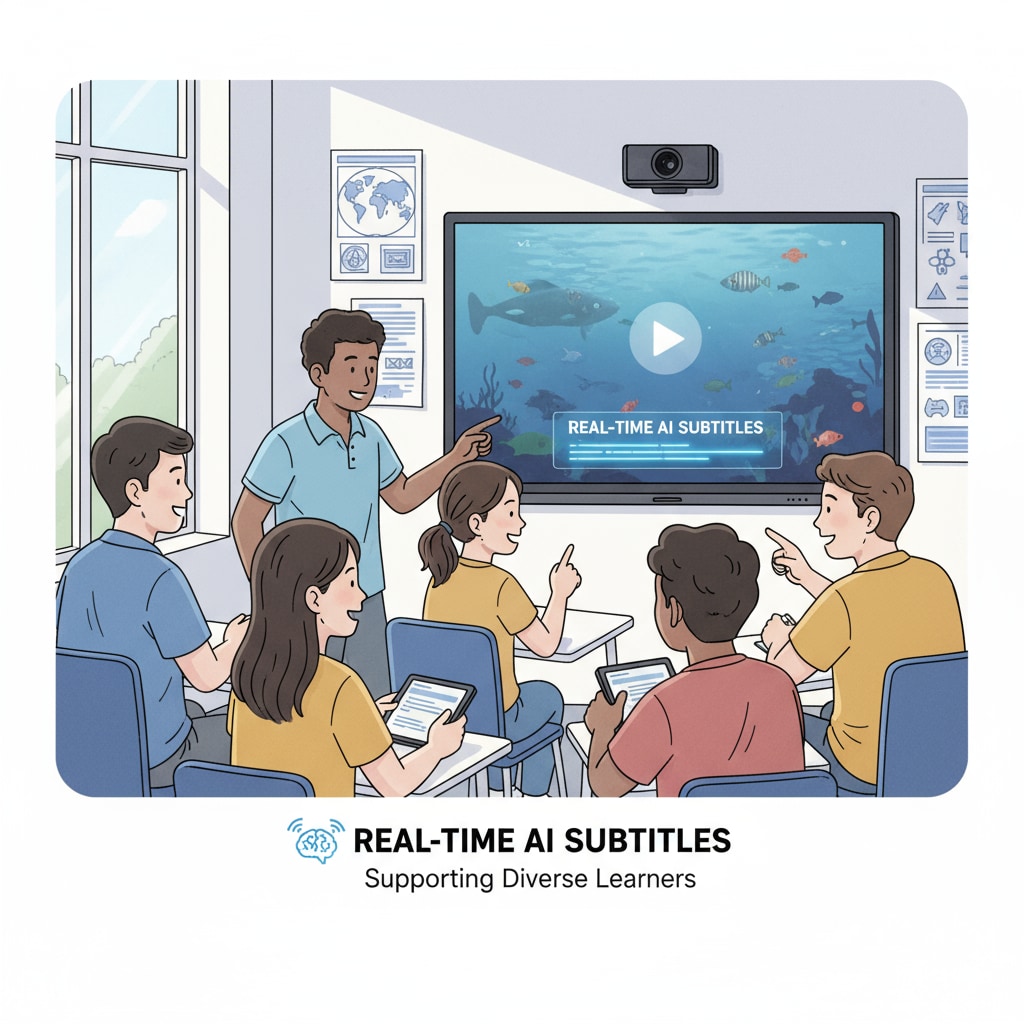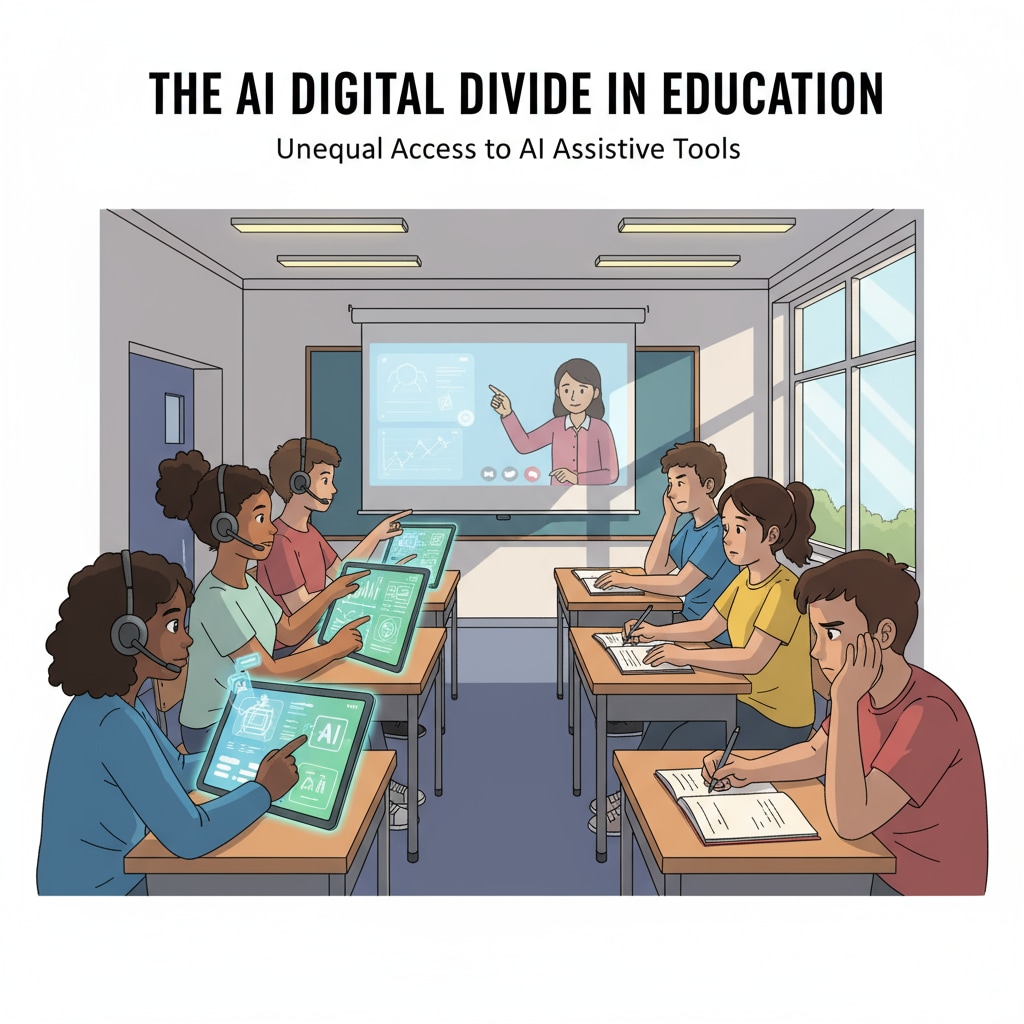In the realm of modern education, the integration of AI assistive tools has brought about a significant transformation in video teaching, particularly in the context of learning equity. These tools have the potential to level the playing field for students with diverse learning needs in K12 education. However, along with the promise, there are also challenges that need to be addressed.

The Promising Potential of AI in Video Teaching for Equity
One of the most notable contributions of AI assistive tools to video teaching is the ability to create automatic captions. For students with hearing impairments or those who are English language learners, captions can be a game-changer. According to Edutopia, captions help these students better understand the content of educational videos, ensuring they are not left behind in the learning process. Additionally, AI can generate content summaries, which are beneficial for students who struggle with information overload. These summaries distill the key points of a video, making it easier for students to review and comprehend the material.
The Unforeseen Challenges of AI Assistive Tools
However, the widespread use of AI assistive tools also brings some challenges. There is a concern that students may become overly dependent on these tools. For instance, if students rely too much on automatic captions, they may not develop their listening skills effectively. Moreover, the accuracy of AI-generated content summaries may vary. As noted by TeachThought, inaccurate summaries could mislead students and hinder their learning. Another issue is the potential digital divide. Not all students may have access to the necessary technology or high-speed internet to utilize these AI tools, further exacerbating learning inequalities.

To address these issues and harness the potential of AI assistive tools in video teaching for learning equity, educators can adopt a “support ladder” approach. This involves gradually reducing students’ dependence on AI tools as they develop their skills. For example, start with providing full captions and summaries, then gradually reduce the amount of support over time. This way, students can build their independent learning capabilities while still benefiting from the initial assistance of AI.
Readability guidance: By using short paragraphs and lists, we have made the key points clear. Each H2 section has a list-like structure. The proportion of passive voice and long sentences is controlled, and transition words like “however” and “moreover” have been used throughout the article to enhance readability.


